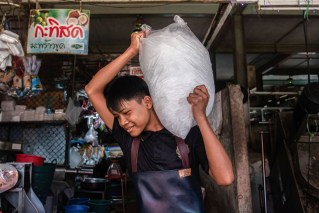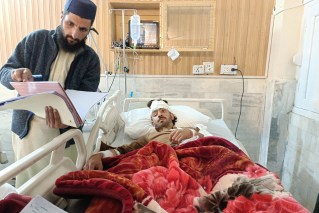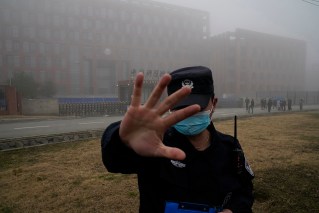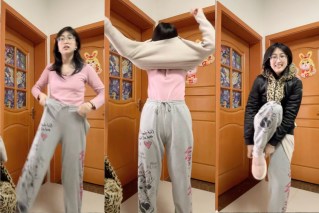Rana Plaza tragedy in 2013 a ‘wake-up call’ for consumers

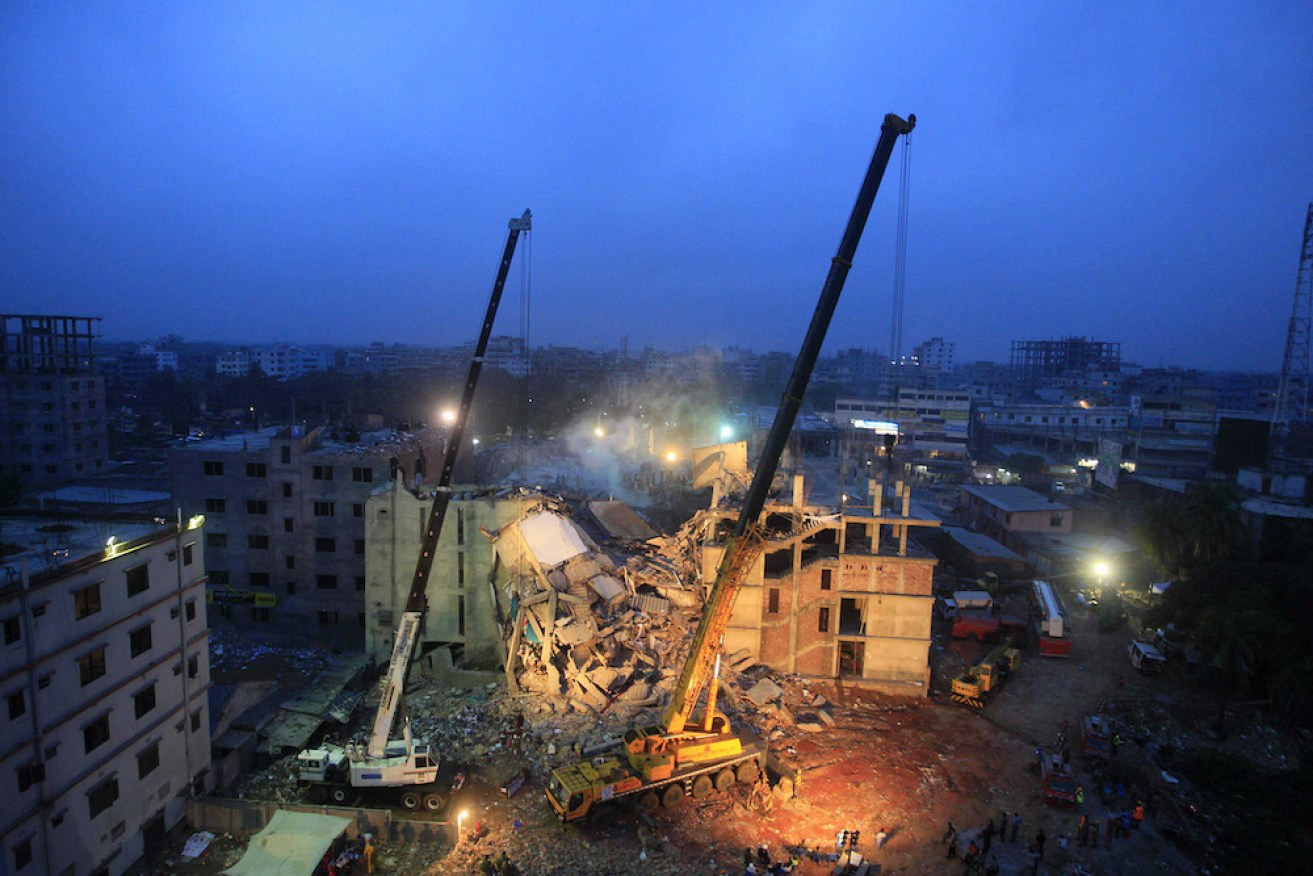
More than 1000 people died and more than 2500 were injured when Rana Plaza collapsed in 2013. Photo: Getty
On April 24, 2013, the Rana Plaza factory in Bangladesh collapsed, killing more than 1000 workers who were making garments for big-name fashion brands all over the world.
The tragedy thrust the unsafe and inhumane working conditions of garment workers into the spotlight.
“Rana Plaza had several factories in one building and there were lots of foreign companies that had contracted the local suppliers to make stuff for them,” Bhanu Bhatia, a lecturer in economics and business at Charles Darwin University told The New Daily about the event that happened exactly a decade ago last week.
“The building was unfortunately given illegal construction approval to add additional floors, and under the weight of heavy machinery and weakening structure to begin with, it collapsed.”
The 1134 casualties didn’t account for the subsequent suicides, Dr Bhanu said.
More than 2500 people were injured when the building collapsed, and many could no longer work due to their injuries.
Nilufa Yesmin suffered a spinal injury and has not been able to work since.
“I see darkness in the future. I cannot work in a garment factory again. As my days are passing, I am suffering from sickness,” Ms Yesmin said.
“Now, no garment factory takes me, they say I am injured from Rana Plaza and I cannot work.”
Attitudes change
Ten years after the tragedy, people seem more mindful about where the clothes they buy are made, and the conditions they were made under.
Oxfam Australia said nine out of 10 respondents in a recent survey believe it is essential to consider the safety of garment workers when purchasing clothing.
When buying clothes, 65 per cent of people will consider ethical factors, with over half of millennials and Gen Z making ethical considerations when buying clothes, compared to just 35 per cent of Baby Boomers.
“We know there is a growing concern among consumers for ethical fashion, proving that the Rana Plaza tragedy has not been forgotten,” Oxfam Australia’s Nayeem Emran said.
“The Rana Plaza disaster was a wake-up call, and consumers’ demands for transparency and accountability in the fashion industry will continue to increase in the years to come.”
Dr Bhatia said she believes Rana Plaza has affected the way people shop, and people are definitely more aware.

Clothes shoppers have changed their habits after the collapse in 2013. Photo: Getty
Buying ethically
In Bangladesh, garment workers earn as little as $75 a month, while often working in dangerous or exploitative conditions, Oxfam Australia said.
More than 80 per cent of Australian clothing is produced in China, Vietnam and India, where poor working conditions have also been reported.
Since the Rana Plaza collapsed, conditions have improved in Bangladesh, but they vary between workplaces, Dr Bhatia said, and must be improved.
“The pace of [change] has been really, really slow.”
Pressure on businesses
Companies need to be more transparent about their supply chain, she said. That would make it easier for shoppers to make ethical choices.
Since Rana Plaza collapsed, several international companies have signed an accord to protect worker safety and agreed to regular inspections, Dr Bhatia said.
However, not all have done so.
“I think those are starting points to look into – why did some companies not sign the accord – and question do we want to still buy from them,” she said.
By not shopping from brands that refuse to sign an accord to ensure workers are safe, change could be forced.
“As consumers we do have a lot of power,” she said.
“It’s how much we push our government and companies to change.”



